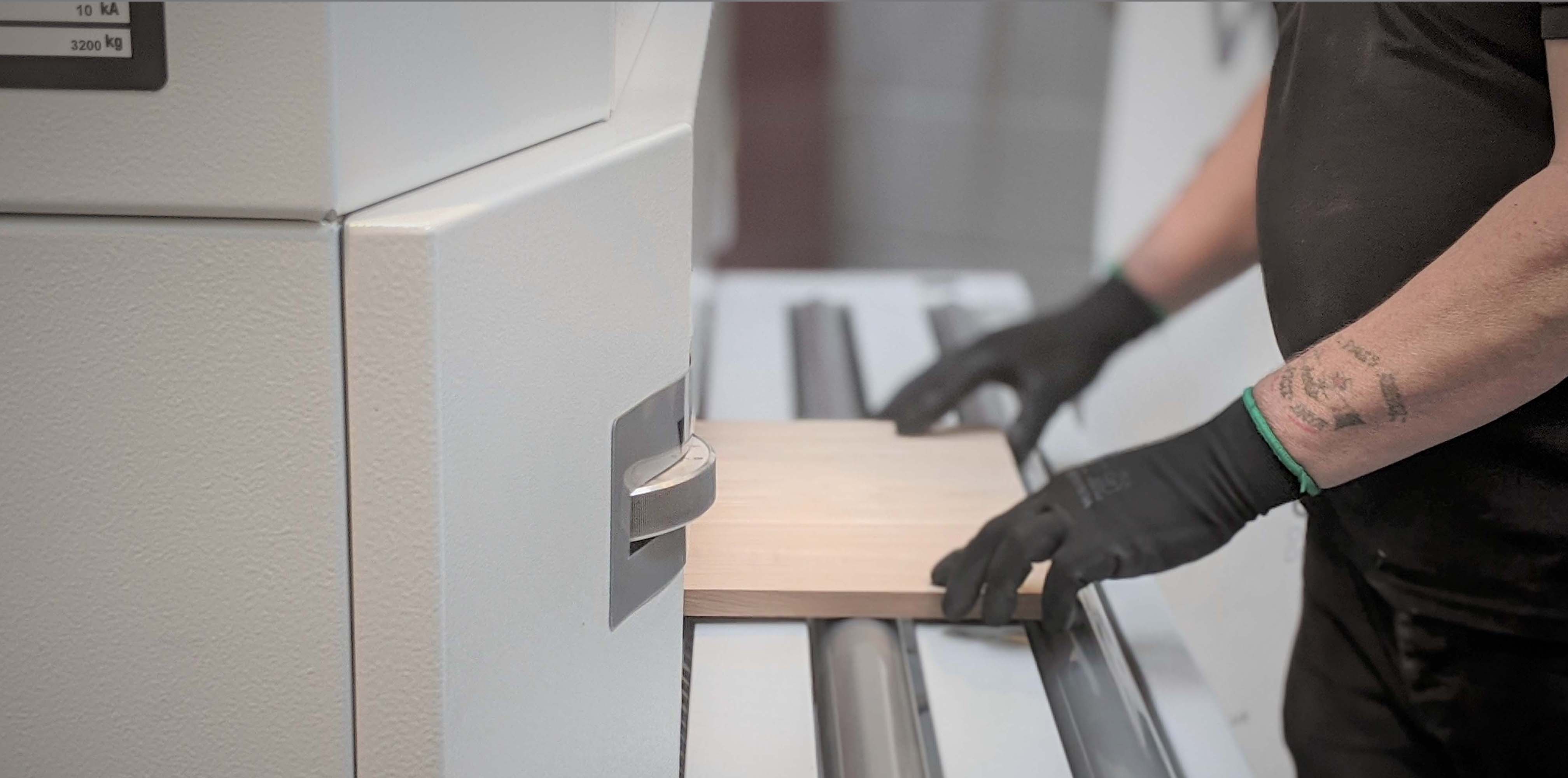Veneer sanding machines should be configured with:
1. Conveyor with Variable Feed Speed
It’s crucial to use the right abrasive. Problems can arise if you use a too fine a grit and remove too much of the wood material as the abrasive spins around the roller. At the end of the process, you will see that your part is uneven. You might also notice a depression in the woodfibre, which impacts the way the stain or sealer absorbs and causes colour inconsistency.
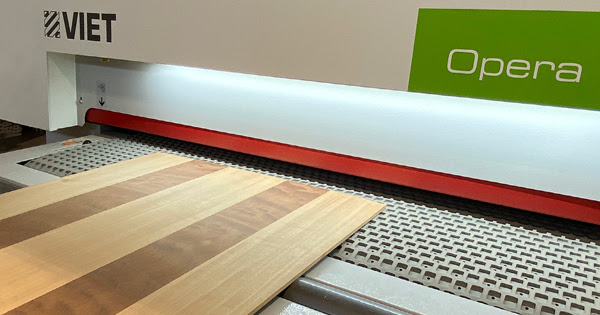
2. Electronic Sensing of the Work Piece
All Veneer Sanding Machines must be able to automatically detect the size and shape of the work piece. The machine must recognise the part shape and know the feed speed. In this way it can accurately control the sanding platen as to when and where it sands, reducing the chance of damaging the edges of the piece.
3. Anti-Dubbing Control of the Sanding Unit
In coordination with the sensing device, the sanding platen is controlled as to where it starts and stops sanding. This “lead in / lead out” is critical to not sanding through the leading and trailing edges. This anti dubbing control is adjusted through the controller and is automatically timed with the feed speed on conveyor.
4. Segmented Sanding Platen (pad)
The segmented platen is a key feature when sanding veneer products. The ability to copy the shape of a panel can only be achieved with the segmented platen. The narrower the sectors, the greater copying capacity the machine will have. Standard widths range from 15mm-50mm. 22-32mm widths are most widely used. Other advantages are;
A: Multi part feeding: the ability for the operator to load multiple pieces across conveyor with confidence the machine will sand each with no burn throughs on all edges of each part.
B: Edge pressure control: the ability to add or reduce pressure on the edges automatically through the control. Raw veneer pieces may require less pressure on the edges than parts with solid wood rims or banding.
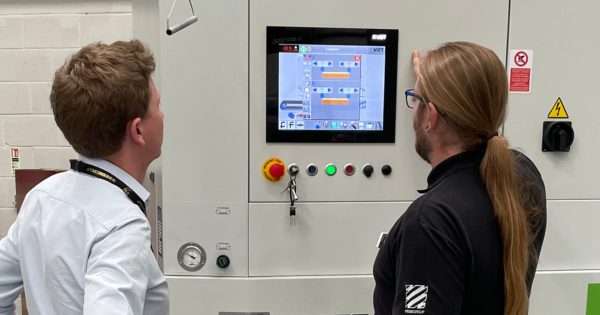
5. Electronic Controller
While the machine can be configured without this feature, it does make the set up much easier for the operator. Programs can be saved to match each sanding operation being requested. The controller reduces the need to have highly trained veneer sanding operators.
6. Abrasive Belt with Variable Speed Control
The ability to adjust the abrasive belt speed allows control of the aggressiveness of the sanding. The wide variety of wood species and different thicknesses of veneer products, makes this a key feature in maintaining a consistent finish quality of all veneer products. Abrasive speed for veneer typically ranges from 9-12 m/sec depending on finish required. Combined with the conveyor speed adjustment, this gives the operator great flexibility in setting the machine properly for the application.
If you want to see our machine in action, then play this video: 'Biesse - Viet S2 - Calibrating and Sanding Machine'.


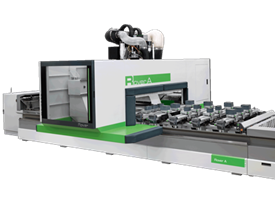
.png)
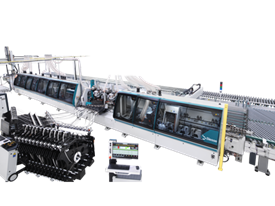
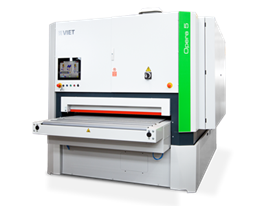
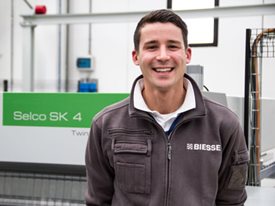
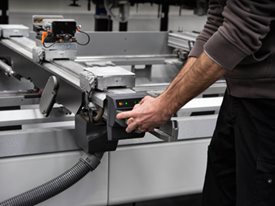

 Worldwide
Worldwide
 Italia
Italia
 United Kingdom
United Kingdom
 Россия
Россия
 France
France
 中国
中国
 Asia
Asia
 Deutschland
Deutschland
 España
España
 Schweiz
Schweiz
 North America
North America
 India
India
 Australia & New Zealand
Australia & New Zealand
 Türkiye Cumhuriyeti
Türkiye Cumhuriyeti
 Middle East
Middle East
 Brasil
Brasil
